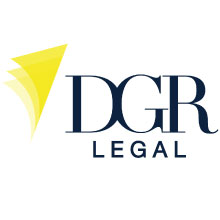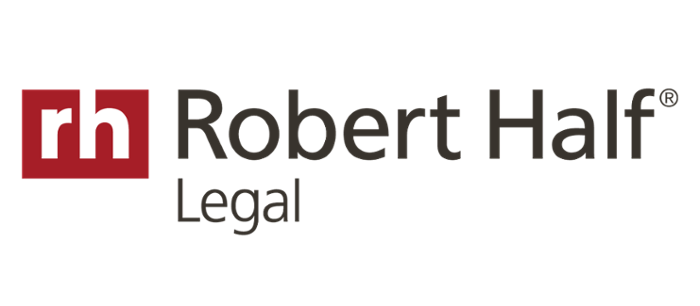By Gabriella Colasacco Hermey
Material selection and cleaning methodologies for floor surfaces have experienced many different trends over the years, but one truth always remains: quality matters. Quality relationships, quality materials and quality maintenance contribute to a healthy bottom line and a healthy facility.
Stone and carpet are two of the most popular surfaces found in law offices. There are key maintenance fundamentals and best practices every facility/office manager should know when selecting and caring for these materials.
Stone
Stone will never go out of style, and if properly maintained, this surface will last the life of the facility. From marble and granite, to travertine and limestone, stone has been used for centuries for architectural finishes, on vertical and horizontal surfaces alike, due to its attractive appearance and durability.
Different types of stone may look beautiful side by side or throughout contiguous areas, but stone selections should not be made by aesthetics alone. Stone surfaces, whether vertical or horizontal, interior or exterior, require different care based on material, traffic patterns and usage. For example, it is not a good idea to pair marble and granite or marble and terrazzo together for several reasons, including variations of density and hardness, and incompatible maintenance requirements that could cause harm to the neighboring stone. Choosing stone from the same family or stone with similar maintenance needs, such as marble and limestone, combined with a tailored routine surface care plan, will help ensure your stone floors last for centuries.
After the January 2017 effective date of OSHA 1910.21 subpart D,
Walking-Working Surfaces and Personal Protective Equipment (Fall Protection Systems), the trend to choose textured stone surfaces and finishes has increased. The updated law is designed to “help prevent and reduce workplace slips, trips, and falls, as well as other injuries and fatalities associated with walking-working surface hazards”. Under 1910.21, OSHA defines general industry workplaces walking-working surfaces as floors, stairways, steps and aisles, among other horizontal, vertical and inclined or angled surfaces.
[i]Stone floors, textured or smooth, are exceptional architectural finishes for just about all types of facilities; but, remember, choosing high-quality materials is only the first step in creating beautifully designed spaces. Having an expert surface care consultant provide a long-term maintenance strategy, cost analysis and surface recommendations before a flooring investment is made is a close second, if not as important as the first step. The same qualified consultant can provide a field assessment and offer recommendations for existing floors that may involve restoration as needed and an ongoing cleaning and maintenance plan.
Carpet
Nylon and wool, cut pile and loop, tiles and rolls—when it comes to carpet, there are endless possibilities. Unlike stone surfaces, almost all law offices have carpet, but contrary to the other surfaces, carpet is rarely considered a long-term commitment. However, with proper care, a facility’s carpet can stay on the floor, and out of landfills, well beyond the scheduled replacement date; the environment and your budget will thank you.
Over the past few decades there has been a steady shift away from the science of carpet cleaning, and prospective maintenance partners are now rarely required to demonstrate their capabilities before they are hired. Specifically, the trend has moved away from side-by-side live demonstration comparisons, which validate the credibility of providers and examine the services competing companies are promising for the proposed cost. The fundamentals of proper vacuuming are also slipping away in the industry, and some cleaning companies are even eliminating vacuuming all together for cost containment.
Think of carpet fibers as a clear plexiglass tube filled with dye sites and the soil found in carpet as sand paper. Once plexiglass has sand paper applied to it for a few passes, the finish is scratched and damaged, sometimes beyond repair, and has a cloudy or muted appearance preventing you from seeing the color within. The same happens to carpet when dirt, sand and other abrasive particulates are not evacuated properly after encapsulation or on a general routine schedule. Colors become muted and visible traffic patterns appear, possibly past the point of restoration, and costly replacement is necessary.
A best practice when evaluating carpet care providers, chemistry and methodologies is to return to the fundamentals of demonstrations and quality control checks. Filter tests in a three-foot by three-foot (approximately one meter by one meter) area is one of the easiest ways to check on the status of soil removal. Also, working with a company that has an online data management portal with real-time before and after photographs, work orders and other essential reports will help tremendously for performance evaluations.
Wrap Up—The Dos and Don’ts of Floor Maintenance
Don’t
- Wait to audit your facility’s walking-working surfaces to ensure proper traction and compliance
- Underestimate the connection between cleanliness, performance and safety
- Hire based on price alone
- Choose surfaces purely on aesthetics
- Delay having a maintenance plan or hiring a service provider until an issue is visible
- Use vacuums without a dedicated motor to the beater bar or a machine that does not provide agitation of carpet fibers
- Try to create a one-sized fits all approach for your surface care plan methods, chemistry or maintenance
Do
- Hire an expert surface care consultant when installing new flooring and evaluating maintenance plans
- Require surface care providers to perform a demonstration of their services
- Validate realistic production rates and best practices for proposed services
- Remove dry dirt on hard surfaces using dust or wet mopping procedures multiple times a day
- Extract soil from carpet daily with a CRI certified commercial-grade dual-motor triple-filtration vacuum
- Perform deep cleaning for all hard and soft floors on a routine basis, tailored to the surface’s usage and traffic
- Clean up spills of any kind as soon as possible so they do not set and attract more dirt that can be tracked onto other floor surfaces
- Work with a specialized maintenance provider
[i] https://www.osha.gov/laws-regs/federalregister/2016-11-18
Gabriella Colasacco Hermey is an Account Manager at DriKlean SOLIDCARE. SOLID Surface Care, Inc. is a unified team of surface care experts who provide the highest level of care for all hard and soft surfaces while simultaneously providing a world-class client experience. The company is diligent about going beyond the surface to grasp the brand and culture of each client and develop a customized Consolidated Care Plan, all with an advanced data management platform that assures immediate information and transparency. Gabriella may be reached at [email protected].





















